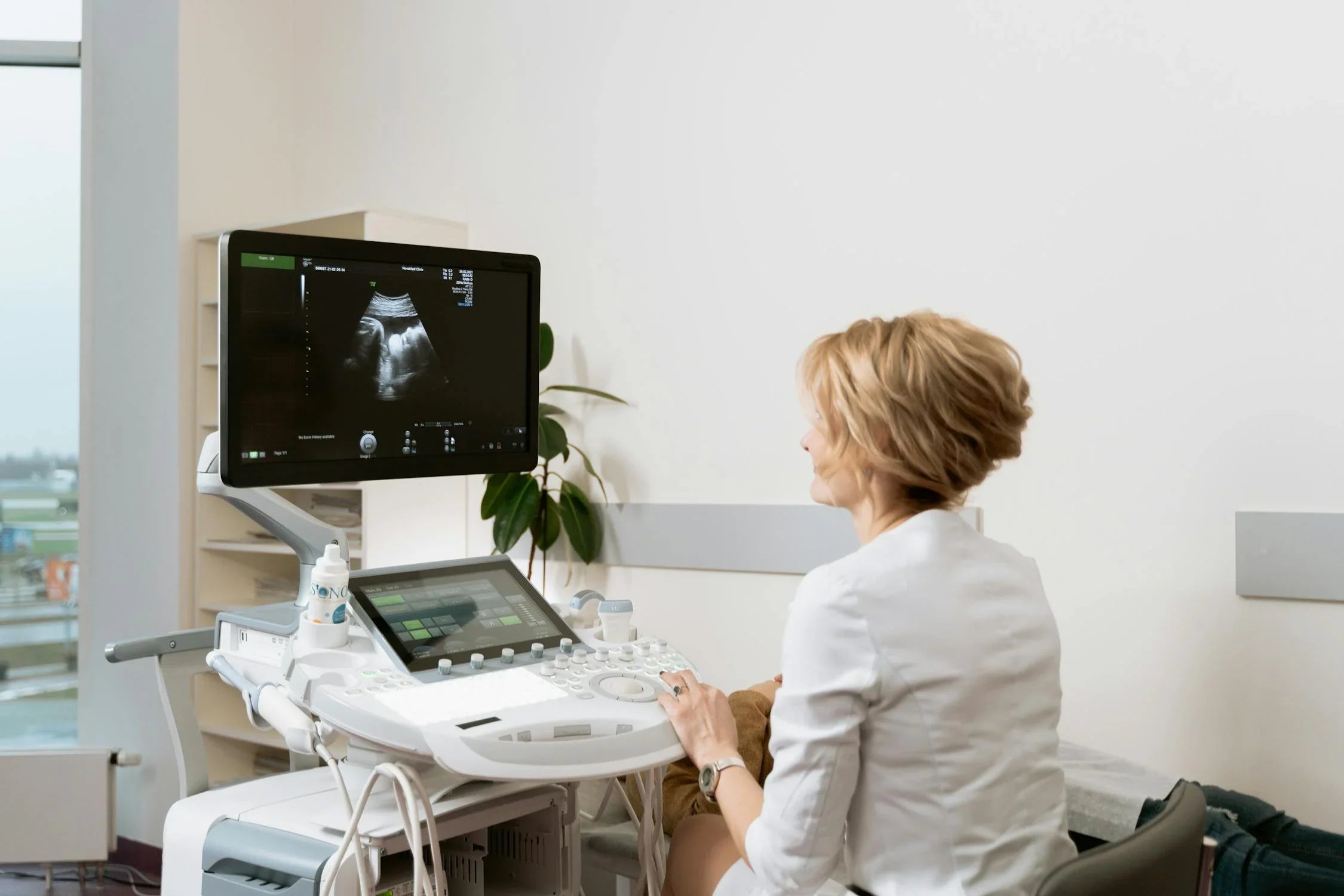Home
Pregnancy, Breastfeeding, and Pumping: The Ultimate Guide for Moms
How to Have Pregnancy Test at Home: A Comprehensive Guide

How to Have Pregnancy Test at Home: A Comprehensive Guide
Taking a pregnancy test at home can be a life-changing moment, filled with anticipation and emotion. Whether you're hoping for a positive result or not, understanding how to conduct the test correctly is crucial for accurate results. This guide will walk you through everything you need to know about how to have a pregnancy test at home, from preparation to interpretation.
Understanding Home Pregnancy Tests
Home pregnancy tests are designed to detect the presence of human chorionic gonadotropin (hCG) in your urine. This hormone is produced shortly after a fertilized egg attaches to the uterine lining. Most home pregnancy tests claim to be accurate as early as the first day of a missed period, but the accuracy can vary depending on the test and how it's used.
Choosing the Right Test
When selecting a home pregnancy test, consider factors such as sensitivity, ease of use, and cost. Some tests are more sensitive and can detect lower levels of hCG, which might be beneficial if you're testing early. Always check the expiration date and ensure the packaging is intact to avoid any compromised results.
Preparing for the Test
To ensure the most accurate results, it's important to follow the instructions carefully. Here are some general tips:
- Use the first urine of the day, as it is more concentrated and likely to contain higher levels of hCG.
- Read the instructions thoroughly before starting the test.
- Have a timer ready to track the waiting period accurately.
Conducting the Test
Here’s a step-by-step guide on how to conduct a home pregnancy test:
- Remove the test from its packaging and take off the cap if applicable.
- Hold the test stick in your urine stream for the specified amount of time, or dip it into a collected urine sample as directed.
- Place the test on a flat surface and wait for the recommended time, usually a few minutes.
- Check the results within the time frame specified in the instructions to avoid misinterpretation.
Interpreting the Results
Most home pregnancy tests use lines, symbols, or digital displays to indicate the results. A positive result typically shows two lines, a plus sign, or the word 'pregnant.' A negative result usually shows one line, a minus sign, or the word 'not pregnant.' If the test is invalid, it may show no lines or an error message, indicating that the test should be repeated.
Common Mistakes to Avoid
To ensure the accuracy of your home pregnancy test, avoid these common mistakes:
- Testing too early, which can result in a false negative.
- Not following the instructions precisely, such as using too much or too little urine.
- Reading the results too early or too late, which can lead to misinterpretation.
What to Do After the Test
If you receive a positive result, it's important to confirm the pregnancy with a healthcare provider. They can perform a blood test or ultrasound to confirm the results and provide guidance on next steps. If the result is negative but you still suspect you might be pregnant, wait a few days and test again, or consult with a healthcare professional.
Taking a pregnancy test at home is a significant step that can bring clarity and direction. By following this comprehensive guide, you can ensure that you're conducting the test correctly and interpreting the results accurately. Remember, no matter the outcome, you're not alone, and there are resources and support available to help you navigate this journey.
Share

